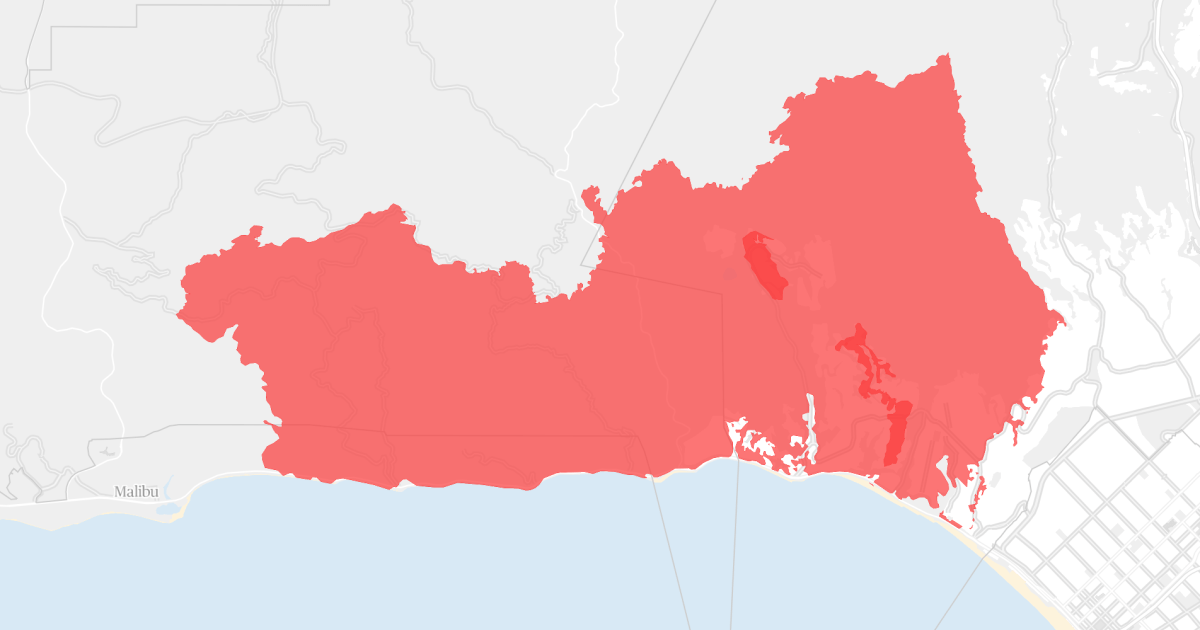Unveiling the Scale of California’s Wildfires: A Visual Exploration
California’s wildfires have become an increasingly alarming phenomenon, impacting not only the natural landscape but also the lives of millions. As we delve into this visual exploration, we will unveil the staggering scale of California’s wildfires, providing detailed maps that illustrate their reach and the devastation they cause across the state. This article aims to shed light on the challenges faced by communities while also exploring the factors that contribute to the intensity of these wildfires. Let’s embark on this journey to understand the enormity of the situation.
The Severity of California’s Wildfires
Over the past few decades, California has seen a dramatic increase in the frequency and intensity of wildfires. In 2020 alone, over 4 million acres were burned, resulting in the largest wildfire season recorded in California’s history. The wildfires have not only consumed vast tracts of land but have also caused significant destruction to homes, wildlife, and air quality. The visual representation of these wildfires through maps allows us to comprehend their scale and the urgent need for action.
Visualizing the Impact: Maps and Data
Maps are powerful tools for visualizing complex data. In the case of California’s wildfires, detailed maps can highlight the areas most affected, showing the progression of fires over time and the regions at greatest risk. These maps often utilize various colors and shading to depict the severity and extent of the fires.
- Fire Perimeters: These maps outline the boundaries of wildfires, showcasing how they expand and contract based on weather conditions, topography, and firefighting efforts.
- Burn Severity: Maps displaying burn severity help illustrate the impact on vegetation and soil, categorizing areas into levels of damage from unburned to completely burned.
- Air Quality Index: Smoke from wildfires can travel thousands of miles, affecting air quality far beyond the immediate vicinity of the fires. Maps that track the Air Quality Index (AQI) provide insight into health risks posed to residents across California.
The Human Element: Communities Affected
While maps can show the physical destruction caused by wildfires, they do little to convey the emotional and social toll on communities. Families are often displaced, losing their homes and personal belongings, while local businesses face devastating financial losses. Recovery from such disasters is not just about rebuilding structures; it’s about restoring lives.
In regions like Northern California, where wildfires have become a seasonal expectation, community resilience is being tested. Local organizations have stepped up, providing support and resources for those affected. Initiatives like community rebuild programs and mental health support are crucial for helping residents navigate the aftermath of such tragedies.
Factors Contributing to the Wildfires
The scale of California’s wildfires cannot be attributed to a single cause. Several factors contribute to the growing intensity of these fires:
- Climate Change: Rising temperatures and prolonged drought conditions have created an environment ripe for wildfires. The changing climate has led to drier vegetation, which serves as fuel for fires.
- Urban Development: As cities expand into wildland areas, the interface between urban and rural settings becomes increasingly vulnerable. This phenomenon, known as the Wildland-Urban Interface (WUI), places homes and communities at risk.
- Forest Management Practices: Historical practices of fire suppression have led to an accumulation of fuel in forests. With more dry material available, when fires do ignite, they spread more rapidly and with greater intensity.
Innovative Solutions and Community Resilience
Amidst the challenges posed by wildfires, innovative solutions are emerging. California is investing in advanced firefighting technology, including drones and satellite imagery, to monitor fires and predict their spread. Additionally, controlled burns and forest thinning are being employed as proactive measures to reduce fuel loads in high-risk areas.
Community resilience plays a pivotal role in combating the effects of wildfires. Local governments are working alongside residents to develop fire safety plans and improve emergency response systems. Community awareness programs aim to educate residents about evacuation routes, fire-resistant landscaping, and the importance of emergency kits.
Moving Forward: A Call to Action
The scale of California’s wildfires is a stark reminder of the challenges posed by climate change and human development. However, by coming together as a community and implementing sustainable practices, we can mitigate the impacts of these fires. Here are some actionable steps:
- Advocate for Policy Change: Support policies that promote sustainable forest management and climate action.
- Get Involved: Volunteer with local organizations that support fire recovery efforts.
- Educate Yourself and Others: Stay informed about fire safety and prevention strategies in your area.
Conclusion
Unveiling the scale of California’s wildfires through visual exploration not only provides insight into the devastation faced by communities but also underscores the urgent need for proactive measures. As we navigate the complexities of wildfire management, it is essential to foster a culture of resilience and preparedness. By understanding the factors at play and supporting innovative solutions, we can work together to protect California’s natural beauty and the lives of its residents for generations to come.
See more Your Daily Weather



